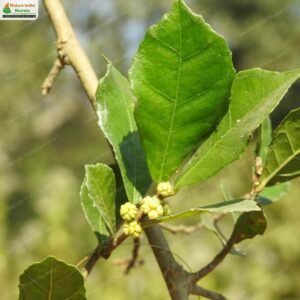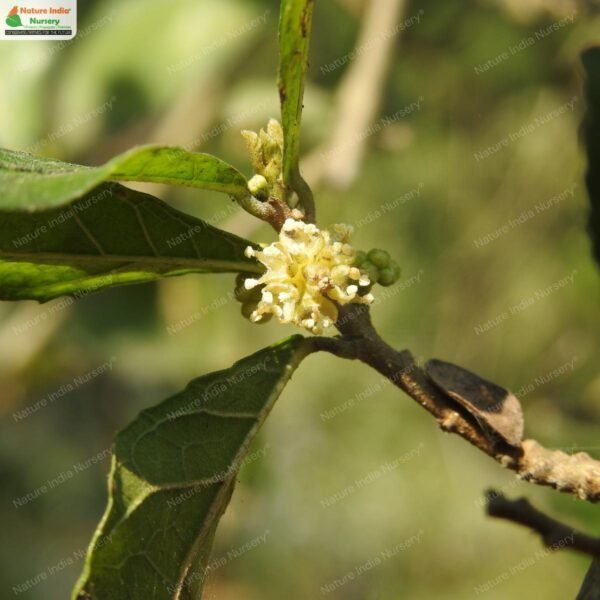Streblus asper, commonly known as the Sandpaper tree, is a small to medium-sized tree with distinctive rough, dark green leaves that are oval-shaped with a pointed tip. The bark is grayish-brown and rough to the touch. The tree produces small, greenish-yellow flowers and round, yellowish fruits. Native to tropical regions of Asia, including India, Sri Lanka, Thailand, and the Philippines, the tree thrives in warm, humid climates and is often found in forests, along riverbanks, and in open fields.
The Sandpaper tree’s ecological significance extends beyond its physical characteristics, as it provides a valuable habitat and food source for various wildlife species, including birds and small animals. Its fruits are consumed by birds and other wildlife, contributing to the biodiversity of its habitat.
Habitat
Streblus asper is native to tropical regions of Asia, including India, Sri Lanka, Thailand, and the Philippines, and thrives in warm, humid climates.
Planting and Care
-
Propagation: Can be propagated through seeds, cuttings, or air layering.
-
Soil: Prefers well-drained, fertile soil but can tolerate a range of soil types.
-
Watering: Requires moderate watering; avoid waterlogging.
-
Sunlight: Thrives in full sun to partial shade.
Additional Information
-
Economical Values: Used in traditional medicine for its antibacterial and anti-inflammatory properties.
-
Toothbrushes: The twigs are traditionally used as natural toothbrushes in some cultures.
-
Ornamental: Often planted as an ornamental tree in gardens and parks for its aesthetic appeal.
-
Wildlife Significance: Provides shelter and nesting sites for various birds and small animals. The fruits are consumed by birds and other wildlife. Acts as a host plant for certain insects and contributes to the biodiversity of its habitat.










